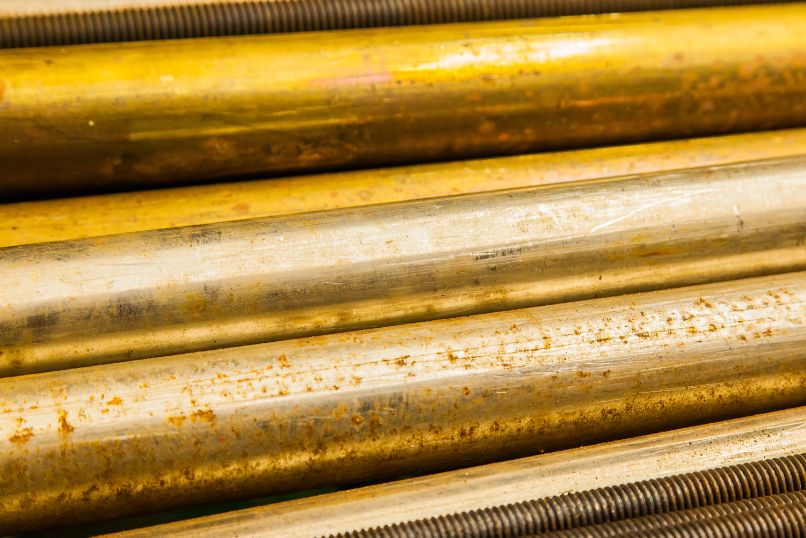Bronze is a highly versatile metal, prized for its strength, durability, and resistance to corrosion. It’s used in various products, from statues and coins to industrial machinery and architecture.
But how is bronze made? Let’s explore the three most common methods for casting bronze alloys: sand casting, centrifugal casting, and continuous casting.
Sand Casting
The oldest and one of the most traditional methods for casting bronze alloys is sand casting. This process involves molding from sand and other materials, such as clay or resin. The mold is heated to a high temperature, which hardens it and allows it to withstand the high temperatures needed for melting bronze. Molten bronze is poured into the mold and left to cool and solidify. The mold is then broken apart, revealing the finished bronze product. Sand casting is a low-cost method that can be used to create large and complex structures.
Centrifugal Casting
Centrifugal casting is another popular method for casting bronze alloys, especially for producing small, intricate pieces. A mold is placed on a spinning axis, and molten bronze is poured into the center of the mold. The centrifugal force generated by the spinning motion forces the molten bronze against the walls of the mold, producing a smooth and even surface. The mold is removed once the bronze cools, revealing the final product. Centrifugal casting offers great control over the process, producing highly precise and accurate replica products.
Continuous Casting
Continuous casting is a modern method where a continuous stream of bronze is poured into a single mold, creating long, continuous shapes like pipes and tubes. The molten bronze is fed into a system of rollers, which control the flow and speed of the bronze as it cools and solidifies.
The finished product is cut to the desired length and shape, and the process continues seamlessly, creating a continuous stream of bronze. Continuous casting is a highly efficient production method, making it popular among manufacturers for producing large quantities of bronze alloys.
There are various methods of casting bronze alloys, each with its benefits and drawbacks. Sand casting is the most traditional and cost-effective method, while centrifugal casting offers great precision and accuracy, especially for smaller, more complex pieces. Continuous casting is ideal for producing long and continuous shapes, making it highly efficient for mass production. Regardless of the method, bronze casting remains an enduring and fascinating manufacturing method, powering everything from everyday objects to industrial machinery.
If you’re looking for bronze-casting alloys, Wieland Diversified can provide high-quality alloys and superior customer service. We offer various products for specific applications, from standard bronze to specialty alloys. Our experts are always available to answer any questions or concerns about our products and services. Contact us today to learn more about how we can help bring your bronze-casting projects to life.

